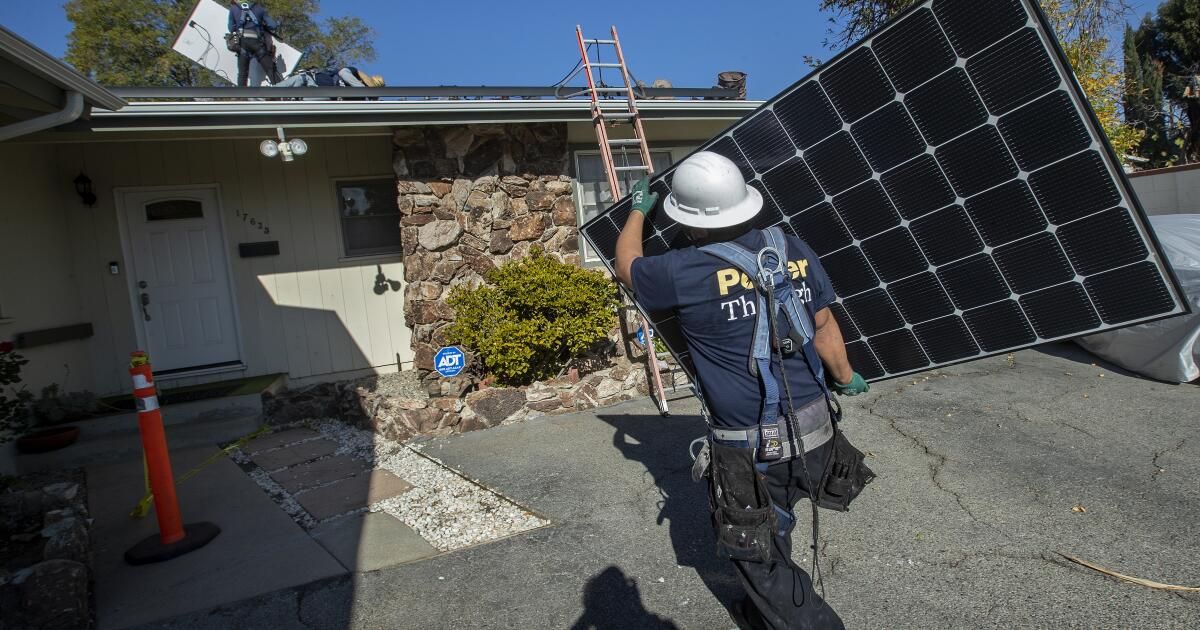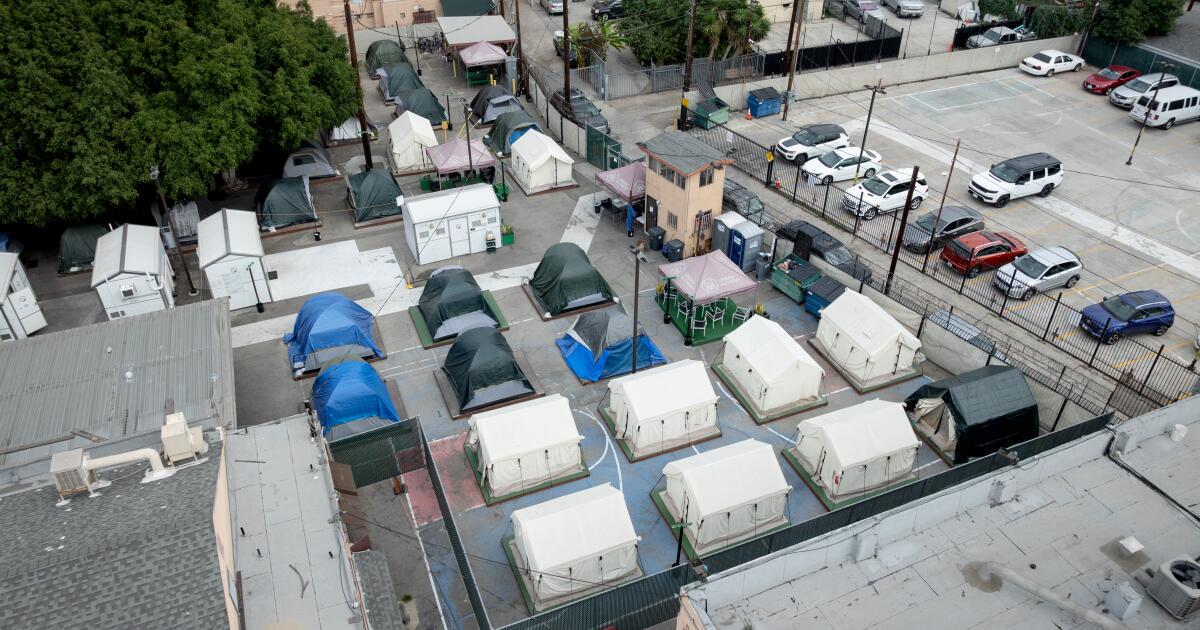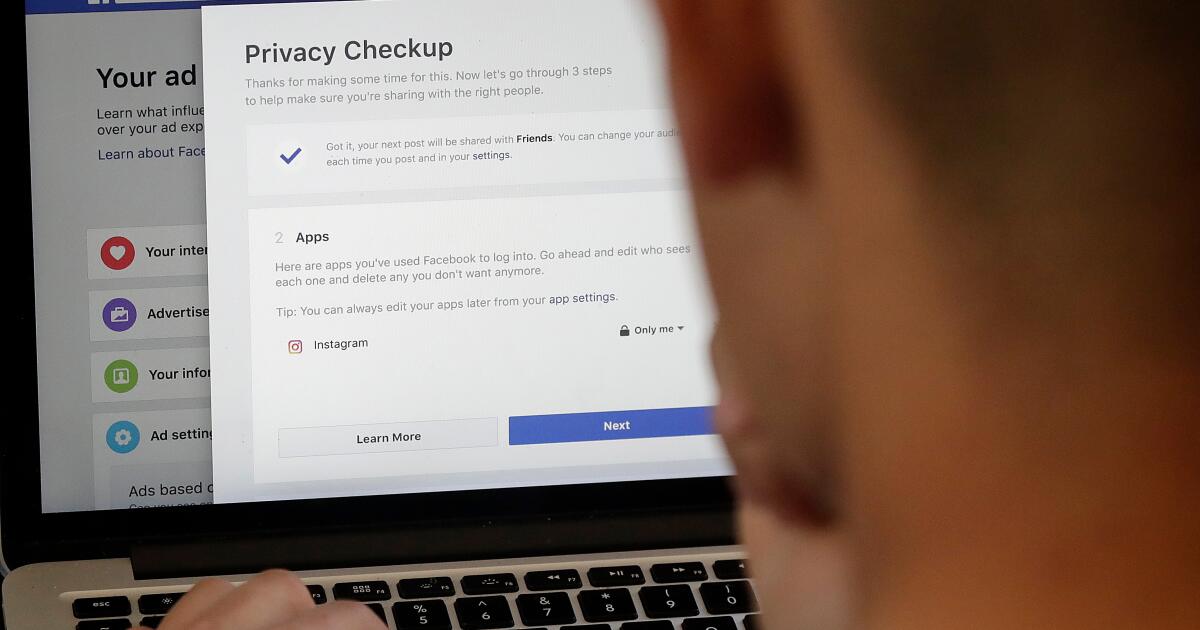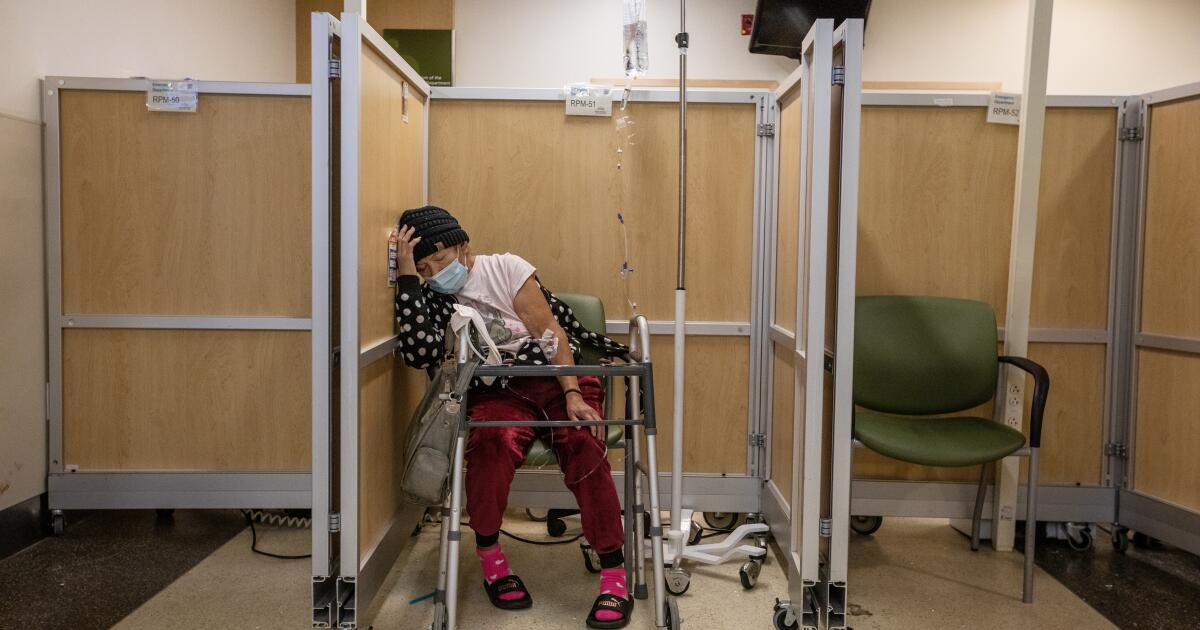There may not be Much public awareness The Inflation Reduction Act is the largest investment in clean energy and climate action in American history, but its incentives for consumers are surely proving popular.
Last year, American households claimed more than $8 billion in Inflation Reduction Act tax credits for clean energy and energy efficiency improvements such as solar panels, heat pumps and home insulation. exceeding expectations for the 2022 law, according to recently published data Data from the Department of the Treasury.
It's great news that millions of Americans are taking advantage of these generous tax credits and a hopeful sign that the clean energy transformation envisioned in President Biden's landmark 2022 legislation is off to a good start.
But we're not as thrilled that another incentive in the law, home energy rebates, are still largely unavailable. Their rollout has been slower because they're being distributed at the state level, and so far only a few, including New York and Wisconsin, are available. have launched their programs.
Dozens of other states are in various stages of the application process. Several, including California, have had their applications approved but are still preparing their programs. It's time for those states and the U.S. Department of Energy to pick up the pace and get these rebate programs up and running so Americans of all income levels can start to benefit.
Unlike tax credits, which apply to investments already made, rebates are applied at the point of sale. That will help more people participate, because they won't have to wait for their tax refunds to benefit. And it's important to get these programs up and running as soon as possible so that people whose appliances break down can replace them with zero-emission models that will immediately pay for themselves in energy savings and cleaner air.
California will receive nearly $600 million in residential IRA energy rebates, with the first program expected to launch in September.
One program offers low- and moderate-income households point-of-sale rebates to purchase and install energy-efficient appliances, including up to $840 for an electric induction stove or clothes dryer, $1,750 for a heat pump water heater, $8,000 for a heat pump heating and cooling system, and for home insulation, an electrical panel, and wiring upgrades, up to a total of $14,000. Another program offers thousands of dollars off whole-home retrofit projects that reduce energy use but is not expected to launch until mid-2025.
Getting these rebate programs up and running quickly is not just a climate imperative, but a matter of equity. The Inflation Reduction Act allocated more than $390 million to clean energy and climate action, much of it in the form of tax credits for businesses and consumers.
But tax credits are skewed toward homeowners and wealthier individuals, and are less accessible to low-income families who rent, can't pay for these projects up front or don't owe enough taxes to benefit. Upfront rebates are a critical way to spread savings to a broader swath of Americans.
They are also more tangible for many Americans because they apply to the machines and appliances used every day. They will help people replace old gas stoves, dryers, ovens and water heaters with more efficient electric models that don't pollute the air or warm the planet, and to install rooftop solar panels that will dramatically reduce their monthly electric bills.
Once rebate programs are up and running, states must facilitate access to them and educate the public about their availability. That means working with contractors, retailers and electric companies to disseminate information and make the experience of determining eligibility to make incentives for appliances and other energy sources as streamlined and frictionless as possible.
It's time to put these programs in place so that all Americans can participate in the clean energy revolution.












